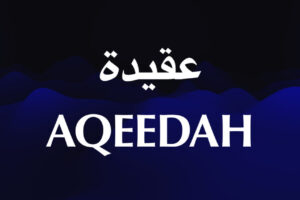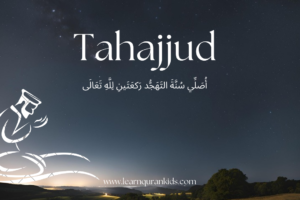How to Improve The Noorani Qaida with Tajweed

Quran is written in the ancient Arabic Language. The core of this language was found in ancient times. People who strive to learn and understand the Holy Book are the most fortunate people in this life and the life thereafter. Quran is the source of knowledge and by understanding the Holy Book you can easily find a solution to your most imminent problems. Quran is the wording of Allah so reading it with proper Tajweed is important.
With the rules of Tajweed and proper pronunciation, you can understand it in a better way. If we don’t read a word as it was written, it will change the meaning of the whole sentence. This is disrespectful as means of understanding something new, so mispronunciation plays a vital role here. The art of reading the Quran with written pronunciation is called ‘Tajweed‘. For better tajweed, you first have to start from scratch. Most Islamic scholars suggest starting from the Noorani Qaida with Tajweed.
9 Tajweed Rules
The book helps in the proper pronunciation of words, and characters and provides a detailed guidelines on how we can read the Holy Quran. In this post, we’ve explained how you can benefit from this book and Noorani Qaida with Tajweed.
-
Manner of the Heart
The book first clarifies the manner of the heart of a person. To read the Quran online, you have to first clear your soul and stop whatever thoughts you have in your mind. Knowing that you’re reading Quran isn’t just like your ordinary Book, but it is the Wording of Allah SWT. The reader must fully understand the meaning of the word they are reading and what significance it holds. This is the internal manner that we have shared, external manners are as important as this too.
-
External Manners
The second set of rules is to clear yourself from the outside. The purity of your clothes, your body, and your surrounding is important too. One should also face Qibla while they are reading the Quran for better understanding. Wazu is an important part of our life, so whenever you start reading this book, make sure you’re in Wadu and your clothes are clean.
-
Makhrif-ul-Huroof
The third step is to understand the emission of a certain letter. Noorani Qaida is divided into different sections of wording and letters. Each of these emissions has a specified pronunciation in the mouth, lips, and throat. The sound of each of these words is different.
-
Sifaat-ul-Huruf
The fourth step is to combine this letter and make a word. Now each of these worlds has its own significance and pronunciation. It is also referred to as the ‘manner of articulation’.
-
Noon
This step involves the importance of the word Noon in the Quran. There are a lot of related tanweens that match this Sakinah. There are 4 different ways in which you can pronounce this.
-
Meem
The sixth set of tajweed is to understand the word Meem. There are three different ways in which we can pronounce this.
-
Muddud
Here you will learn the letter of Beats that are pronounced in the Mudd format. This type of Tajweed concerns prolongation.
-
Laam
The eight-letter plays the significance of Laam, which refers to ‘the’ in Islam. The letter ‘al’ is pronounced as Alif.
-
Thickness and Thinness
Finally, there are different words that required the softness of voice and some words that require thickness.
Conclusion:
There are a lot of other great things that you will learn once you understand the meaning of the Quran. One can learn the Quran from any digital media platform or online from Learn Quran Kids.
Tag:Holy Book, Noorani Qaida, quran, tajweed



